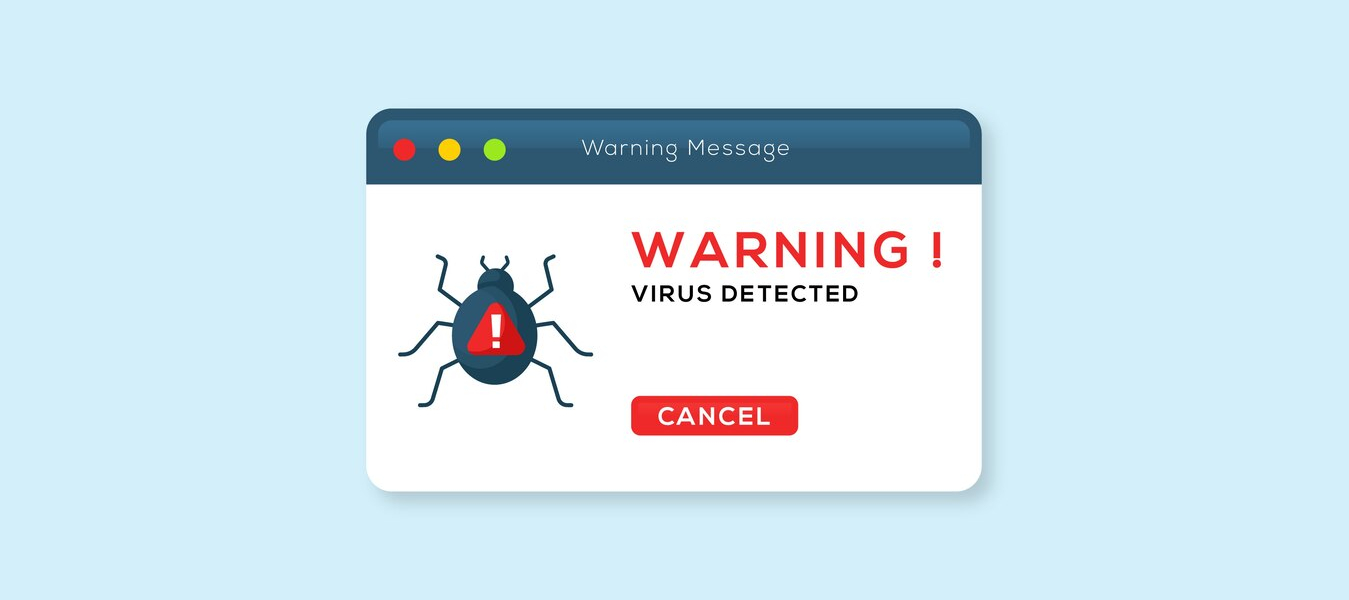
Cross-Site Request Forgery (CSRF)
What is Cross-Site Request Forgery (CSRF)?
Cross-Site Request Forgery (CSRF) is a type of cyberattack in which an attacker tricks a user’s browser into performing an unwanted action on a trusted website where the user is authenticated. This occurs without the user’s knowledge, exploiting the trust established between the user and the website.
How CSRF Works
CSRF attacks work by manipulating the trust between a user and a website. Attackers trick users into unknowingly performing actions on a website where they are authenticated. This is achieved through the injection of malicious code or links in web pages, emails, or other online content that users are likely to interact with.
Common Targets of CSRF Attacks
CSRF attacks can target various actions, including:
- Changing account settings, such as passwords or email addresses.
- Making financial transactions without the user’s consent.
- Modifying account information, such as profile details.
- Initiating actions on web applications, such as submitting forms.
- Performing actions with potential legal or security consequences.
Consequences of Successful CSRF Attacks
The consequences of successful CSRF attacks can be severe, including:
- Unauthorized changes to user account settings.
- Financial transactions initiated without the user’s consent.
- Manipulation of user data or profiles.
- Actions with potential legal implications.
- Compromised system security due to unintended actions.
Preventing Cross-Site Request Forgery
Best Practices for Individuals
Individuals can protect themselves from CSRF attacks by:
- Logging out of websites after completing tasks.
- Using browsers that implement SameSite cookie attributes.
- Avoiding clicking on suspicious or unfamiliar links.
- Regularly clearing browser cookies and cache.
- Keeping browsers and plugins up to date.
Best Practices for Businesses and Organizations
Businesses can enhance their cybersecurity by:
- Implementing anti-CSRF tokens in web forms.
- Validating and verifying user actions on the server-side.
- Using SameSite cookie attributes to control cookie behavior.
- Employing multi-step confirmation for sensitive actions.
- Conducting regular security assessments and penetration testing.











